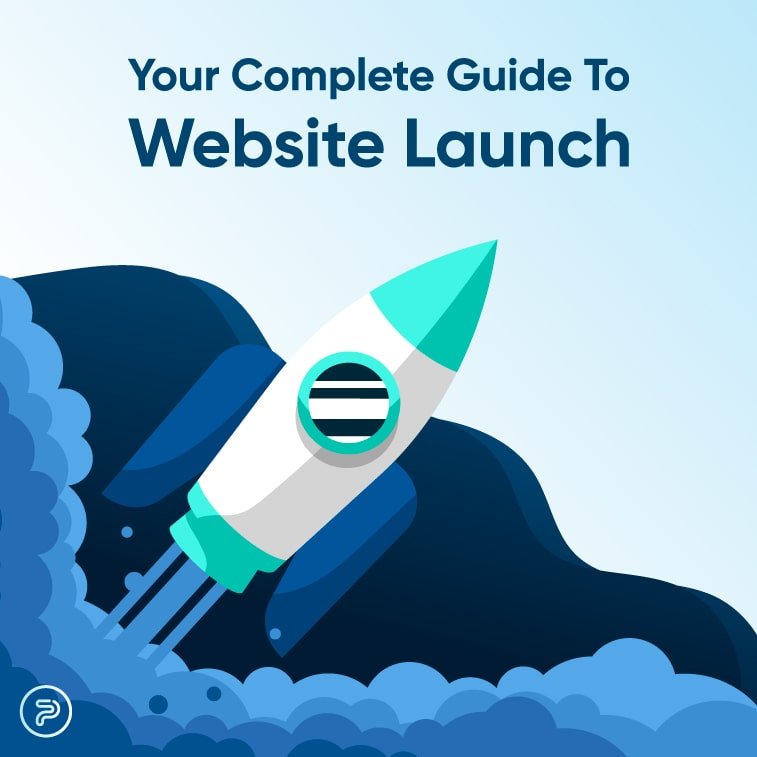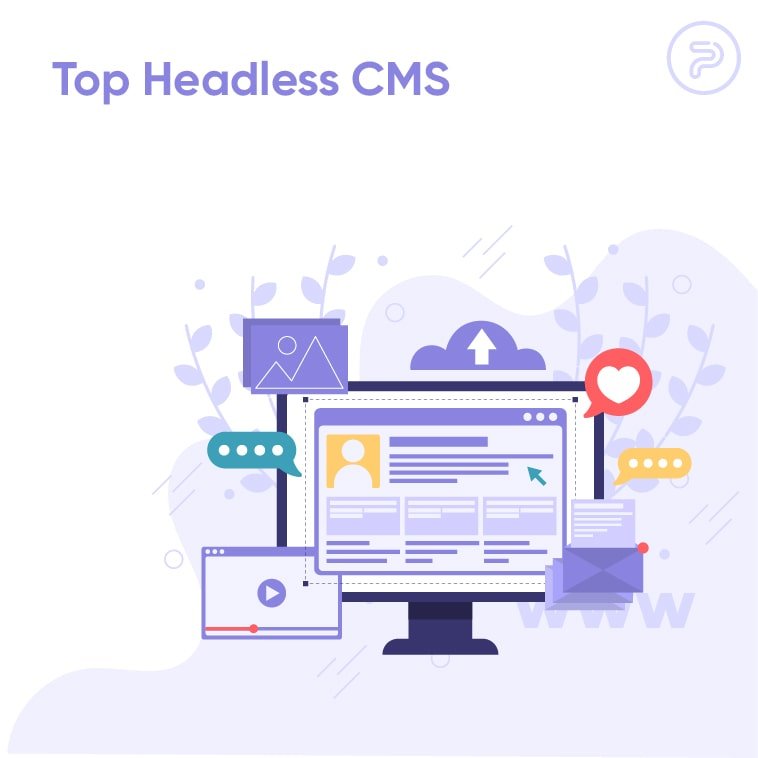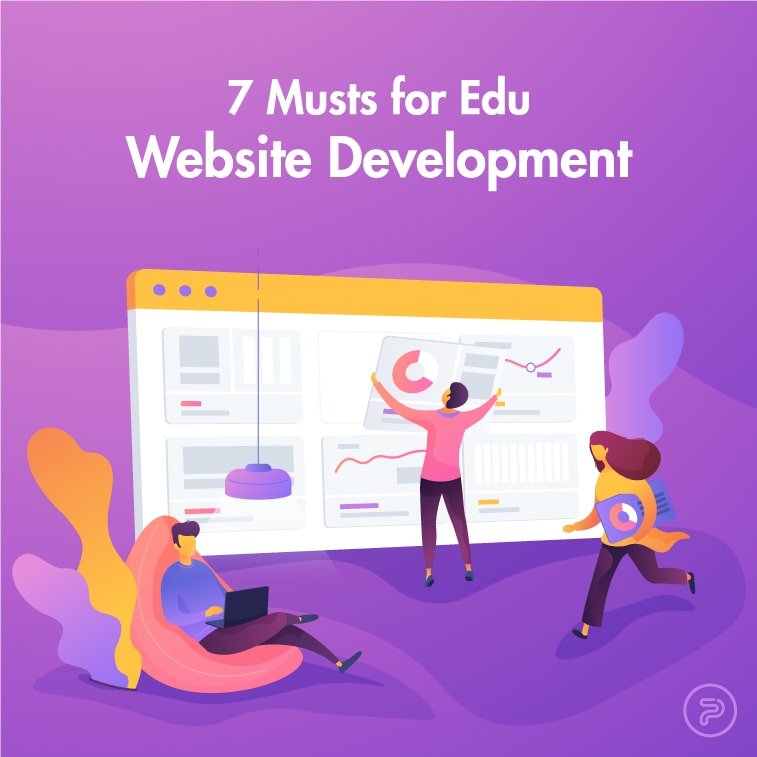Launching a website from a certain aspect is like the fine art of the sport called bodybuilding: it doesn't matter how much weight you can lift, what matters is how much weight you look like you can lift.
In other terms, your launch must be carefully planned, highlighting only the best of what your new site has to offer. It should be shameless self-promotion that should stick with your audiences and leave them mesmerized by your work, without even thinking about visiting your competition.
Bad analogies and jokes aside, the point here is simple: if you are launching a new business website, you want to do it by the book and with a bang. You’ll want people to hear about your new project and to pull it off right, you need to prepare for that properly, build anticipation and awareness.
So, to help you, our ultimate guide for website launch preparation will help you from every aspect, let that be coming up with viral content or just creating the right amount of buzz for launch day.
Preparing For The Ideal Launch
Doing a proper website does require you to create a comprehensive plan and requires you to stick to it if you want to achieve the best possible results.
You need to get the best website launch practices in order, and it’s also wise to listen to a couple of tips down the line.
That being said:
- You need to know exactly how launch day should look like.
- How to maximize reach and traffic on launch day?
- You will need to understand the importance of pitching your website.
- Choosing the right launch-day content.
- How to approach the viral hype?
- Why should you have the right website design?
- The importance of the ?share page?.
- Creating a Google Alert for your site/brand.
- The importance of having a ?Coming Soon? landing page.
- The importance of case studies and articles like this one.
- How to create momentum on launch day?
- And finally, how to keep that momentum and turn it into tangible relationships following the website launch.
The Launch Plan
To be honest, you don’t actually need a launch plan to create a website that will be able to make money for you. A well-constructed site with the right business approach will generate revenue and profit regardless of whether you had a launch plan or not. However, if you introduce a launch-day promo campaign, your chances of getting off with a good start will increase greatly.
If you manage to create enough hype for day one of your site being live, you can easily put yourself a few months ahead of where you’d have just started publishing content and doing business out of the blue without a plan.
The problem is, without a proper launch plan, you don’t even have people to publish your content for.
If you create a website and it goes unnoticed, you run the risk of wasting your best pieces of content which eventually land in your archives without being checked out and appreciated by your visitors/fans/customers.
It’s true that you can reuse old blog posts, but nailing the right timing with the right momentum gives your business the right amount of coverage, and your website the right amount of shares and authority it needs right off the bat.
Never make the mistake of writing for nobody.

Determining Your Launch Day Goals
To water it down, the most important thing on launch day is that after your site goes live, people come flocking to it. The internet is basically a digital jungle, which means that you need to get the word out otherwise, people will miss your first day live and your launch day will go unnoticed. Creating the right amount of hype can help you generate traffic on launch day, and there are several ways you can go about that.
Traffic, on the other hand, is only one thing. Apart from drawing people to your site on day one, you also want them to perform other actions on your website as well:
- Explore the content
- Sign up for your email list
- Engage with your website
- Share the site or/and the content on it
- Get hyped about your next piece of content/promo or whatever is coming next
As you can see, your main goal is here is luring the largest number of people to your site possible and to establish your brand as an authority in your industry from the very first moment. You want to make the best first impression possible, and let everyone see that you mean business.
When you are entering a niche, you even have a few things you can take advantage of. For starters, you can see what are the things that the market’s missing and fill in those holes. These can also work as aces up your sleeve and serve as a staple in your launch day strategy ? especially if you do everything correctly.
Before Launching Your Site
To have the right approach, try thinking about your site launch date as a birthday. As an event: the day when your brand, content, and products finally become live and available to your online visitors.
This little trick can help you put the entire thing into a much better perspective. It helps you better understand the importance of the entire launch and when you set a specific date, not to mention, the time frame will also work as a great motivator to get your duties in check.
Before you launch your website, there are also a few essential steps you must take to ensure that launch day goes smoothly and builds as much momentum as possible. So, to do everything by the books, have these figured out:
Pitch Your Idea The Right Way
Creating a perfect launch day is more about having the right marketing attitude than coming up with a revolutionary website. That being said, you will need to work out a pitch that’s short, great, and does justice to your brand.
Your brand has to tell a story, and your services/products need to cater to a problem. In order to hype people up and raise awareness, you need to pitch your brand/site in a way that will stick with your audiences, leaving them intrigued to learn more.
Pitching your idea might seem like a no-brainer, however, if you want to pull it off correctly, you need to spend some time coming up with the right language, and the best way to sum up your brand’s story and its main aim with a nice tagline.
Your pitch can later also be used like somewhat of a slogan ? you can use it on your website later on, not to mention, it can also be used to get people to subscribe to your email list.
Also, more importantly, a perfect pitch can even help you set the future tone of your brand and your entire launch-day campaign.
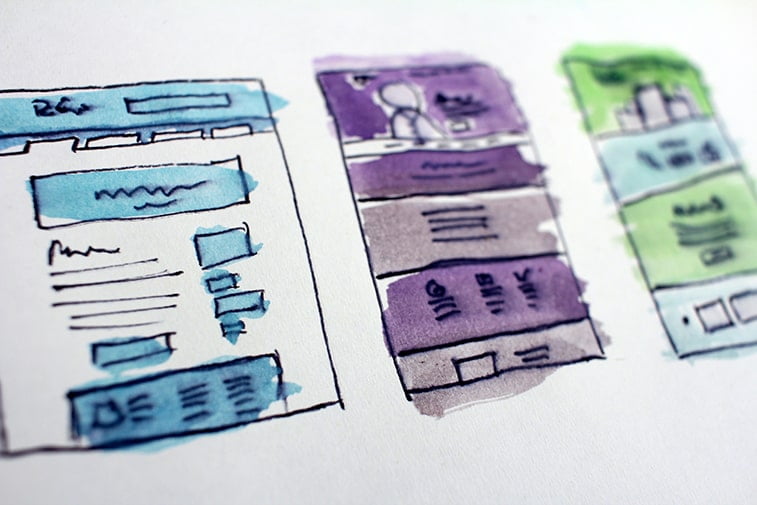
Day-One Content
Prepare for launch day with several pieces of high-quality content that will already be available to your visitors.
That being said, try to stay away from only a single post.
This is especially true if you have a launch plan. If you go live unnoticed, hardly anybody will visit your site to read your first post. However, if you’ve already hyped people up, the worst thing you can do is to give them a single piece of content to consume.
It’s always better to do more work and prepare for launch day with at least three, four, or maybe five different pieces of content. This way, you can offer value to a larger segment of your visitors, and thus, the likelihood of them sticking around for more will also increase.
That being said, focus on having a piece of viral content that you will use for promotional purposes and other pieces of content (think blog posts) as well. Truth be told, it’s not always the viral one that gets your visitors into buying your stuff, but the other, pillar-type pieces of content on your site.
Apart from that, having several pieces of content by launch day will make your website look more like a serious resource that’s worth subscribing to and visiting very often.
Types of Day-One Content
?The Viral Piece: All of your content should be top-notch, however, this wan should be a standalone winner. This should be the best-post-ever that you will use for your promotion. It should set up the tone of your brands, and usually, marketers tend to use two different types of pieces they usually use for these purposes. One type is usually abeastly resource. You know, something like an ultimate guide that works like a one-stop solution for people in your industry who would like to learn something (like an ultimate guide on creating and selling online courses). The guide should be formatted within your site and should remain there to help generate your traffic and rankings. Apart from that, if you pull it off right, you will instantly gain authority and expertise in your industry from your readers. That being said, research the industry, see what are the most popular topics, and select one that you know will be an instant hit. Format-wise, keep it comprehensive, detailed, researched, and valuable. You don’t have to write a book, but it has to be professional, and highly useful. Later on, you can add several of these guides but make sure to start off with one that will suit your target audience the most. Type two would be anexpert roundup post.It’s less of an instructional piece than the first type but it’s just as valuable if pulled off right. An expert roundup post is more like a collection of answers to frequently asked questions regarding your field or a specific topic within your industry. First, you determine the ”the main question” and then you email other experts, ask them to answer the question, and compile their answers. Boom ? you have a huge resource with tons of great insights, and of great value. On the other hand, you’ve also managed to establish connections with industry-leading experts in your niche way before you even launched your website.
?Pillar-type Content: The single most important thing when it comes to content, any type of it, is to focus not on what you want to say, but what your visitors want to learn about, and this is especially true during your website-launch. So, when thinking about day-one content, try appealing to everyone by having several types of content available from the start. Focus on evergreen material and stay away from current events and personal stories. You want something that’s really valuable and will resonate well with your readers. That being said, why not try usingrational content.These are blog posts that are heavy on numbers, statistics, analytical data, and so on. You can also opt fortheoretical contentas well, which focuses more on emotion, design, theory, intuition, and so on. For example, ?The Art of eCommerce Persuasion? would make a great topic that gives readers more insight into why and how people choose to buy online. Lastly, you have yourhow-to content.These are probably the most popular types of content and can be highly valuable for your business if written right. They are usually made up of examples, results, experiences, all bundled up in a ?tips and tricks? package. Going with the first example, a good how-to content idea would be ?15 Tips to Boost Your Online Sales After The Holiday Season? and so on.
Focus on Site Design as Well
We’ve already touched on this topic. Please note, this should be a whole new article as it is. Way before you even think about launch-day, you need to sit down with your developers and designers to lay out the plan of your website design as a whole. You will discuss different topics, ranging from basic UI/UX questions to IT-related issues, and so on. Most importantly, this is the part where you can give your developers insight into what you want your site to be and how you want it to look like. And thanks to their expertise and experience, they will hook you up with the website of your dreams with all the latest features that will make it irresistible to your visitors.
What’s probably the most important regarding your website design is the first impression. Even before finding your content, your visitors will judge your brand based on the visual representation of your app, and as such, you want that opinion to be positive.
That being said, opt for a clean and easy-to-navigate website with not too many distractions. Also, aim for proper branding as well. The graphic elements on your site should all cater to your brand and its story. You want your visitors to know that they’re on your website.
With all that, never underestimatethe power of good design and a positive user experience.To put it bluntly, the way you present your content and the way your website looks can:
- Help your current visitor stay on your site instead of bouncing
- Can get a regular visitor more excited or bored
- Can help tip the scale toward you when a potential customer is thinking whether they should buy from you or your competitor
- Turn a satisfied customer into a dissatisfied one
- Good design can make your average content score more shares while sub-par design can make it unnoticeable
When it comes to web design, it’s all about first impressions. It’s kind of scary, but the average visitor usually spends around 7 seconds on a website before opting to go elsewhere. This means you have roughly 7 seconds to convince them that your app is worth staying on, and design is the fastest way to convey that message.
Having a strong visual impact right off the bat, fast loading, simple navigation, having a no-fuss, straightforward approach, and using the right fonts can make your website stand out from the crowd and can have a lasting impression on your visitors.
To up your chances of being unique, take a look at your competitors and study their designs. Try and pinpoint something that’s lacking and integrate it into your design concept. Consult with your developers and ask them what can be improved. Ask them also about the best ways your site design can complement your brand. Look for the best color schemes and imagery that suits your brand the most. Create something unique.
Also, at the same time, you want your website to be good at converting traffic into leads, and eventually, leads into paying customers.

That being said, you need to launch a captivating website that makes it easy for visitors to:
- Easily find and read your content
- To share your content
- Subscribe to your email list
- Leave comments
- Contact you
Honestly, we could go on and on about this very topic, so it’s best that we move on and talk about other important pre-launch day tasks as well.
Setting up a Google Alert For Your Brand
Visit Google Alerts and set up alerts for specific keywords, like your brand’s name, URL, or even your very own name. The point here is to have the search engine comb around the internet for any activity that’s related to you and your business. As soon as some other site mentions your business you will receive a notification and will be able to thank them. Not to mention, it can give you the momentum and the PR you need on launch day, and even a few days after.
The Importance of a Share Page and a Teaser Page
Following your big event, you’ll want your visitors to share your page to keep the buzz going and keeping your traffic generation high. By utilizing social widgets and other sharing methods, you can make it easy for your visitors to share your content instead of you, reaching even more people than you could on your own.
Prior to your launch, you will want to create a share page that highlights the best of what your site will have to offer to your future visitors/customers.
If you want to implement this strategy into your campaign, make sure that your page is rich with social images, website logos, embeddable videos, sidebar images with CTA, social messages, screenshots of your web pages, and so on.
On the other hand, you can also opt for a ?Coming Soon? teaser page, which is a great way to begin the actual marketing process before your site’s even live. It’s an awesome tactic to create some hype since people simply love to know in advance about the ?next big thing?. To pull this off, you just have to create a teaser page that will convince your audience that your future website will be a smash hit, a truly unique phenomenon in the industry. This way, you can create quite the anticipation and will ensure that your launch day won’t go unnoticed.
On your ?Coming Soon? page, you’ll want to let your audience know what your sight’s all about, showcase some of the highlights of the website and brand. It’s also a great way to convey your brand’s message and to encourage your visitors to subscribe to your teaser page, so you can keep building awareness and anticipation till the very last day when you launch.
Your subscribed visitors will know about your launch date, and if you remind them, chances are, they will actually be among the first people who visit your site. There’s an abundance of different landing page-creator tools out there, use the one you prefer, or ask your web development team/marketing agency to help you with one.
On the other hand, if your brand is already online on social media, you can also use your social platforms to your advantage and market your launch day and new website there. If you already have a substantial following, you can be sure that a lot of your social followers will visit your new website as well.
Create Some Buzz and Build Relationships
Until this point, all of the strategies we’ve mentioned were mostly background stuff that you do yourself or with your team. While these tactics are incredibly handy and great, unfortunately, they aren’t always enough to reach the desired launch-day effect. Of course, it can happen sometimes, but in most cases, the best results come with the help and authority of others.
What are we talking about?
In order to make your launch day memorable, your best bet is to get others involved too. Start building your relationships as soon as possible. Reach out to industry-authorities, let them know about your ideas, partner up with others who are interested in becoming a part of your launch team, and so on.
So, here are a few tips to create the buzz and your team:
The Street Team Approach
? Invite people to be a part of your launch team. These are people from your target audience, social media followers, and so on. Just create a form with an online tool, and ask them to become a part of your team if they want.
? Make sure that the form will get the following info: name, email, social media channels. Ask them about why have they decided to join your team, and how they could actually be of your help.
? Don’t forget to make it worth their while. Even if you’ve already managed to build trust and authority with your brand and name offline, you will want to make it engaging and fun for your potential team online. In the case of a site launch, create a Facebook group where you ask them about new ideas, your design concepts, page layouts, strategies, your launch campaign, and so on. Make sure that they know that you really care about their opinion
? Organize your team well in advance. Some experts would recommend two months prior to launch day, so you can have plenty of time to build your team and to make the necessary adjustments on your website or launch-day strategy.
If you’re taking this route, you should also be a great team player and listen to their reasoning if you happen to reach an obstacle regarding your launch day approaches or strategies. Engage with them, show them your gratitude, and most importantly, trust them.
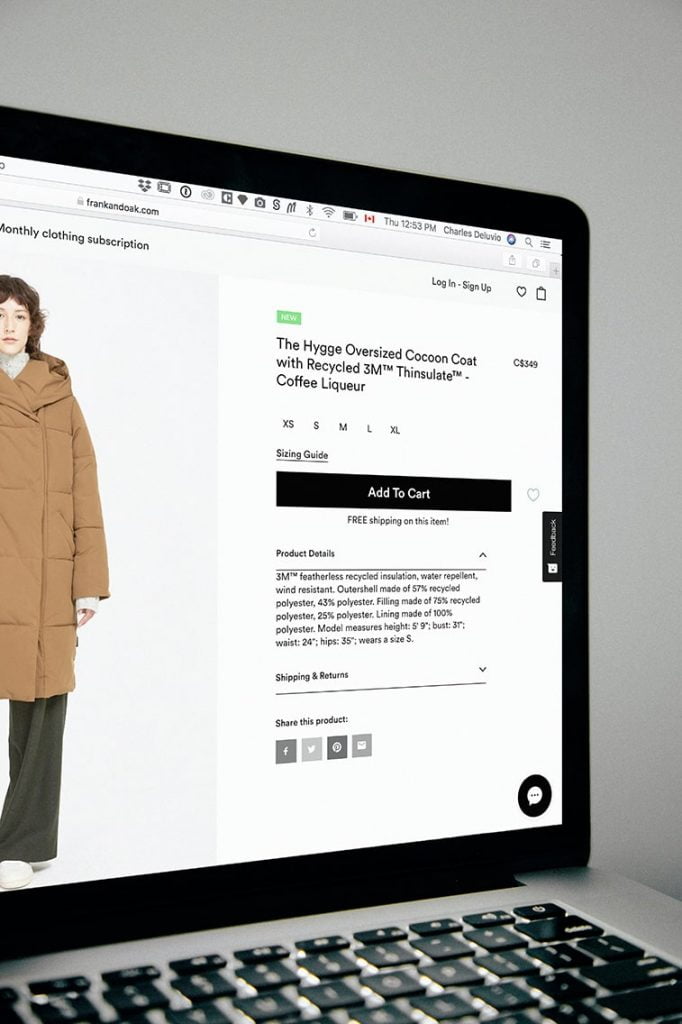
Learn from the Pros
Another approach focuses more on actual potential business partners and requires a lot more legwork. For starters, create a spreadsheet with at least 200 websites that are relevant to your website or your brand. List their URL and contact info next to them.
In another column, look for the top 200 relevant blogs, in another, look for Facebook Fan Pages, IG, LinkedIn, and Twitter accounts, and so on.
Once you’re done with listing these out, it’s time to start reaching out to them. If you’re doing that, it’s important to know that they are the focal point, not you. If you want them to help you in your launch campaign, you will have to be clear about what’s in it for them and what they can expect from a potential partnership in the future.
For example, if you are doing a round-up FAQs post as your viral launch-day post, this spreadsheet will be your one-stop-shop for your answers.
If you want to get under their skin, you can ?heat things? up even before reaching out to them. Like their social media channels, retweet them, tag them in your posts. Let them know about yourself, your brand, and who you are. This is a great way to gain momentum before actually pitching your idea to them. If done right, your chances of them partnering with you will highly increase since you will be more or less familiar with them already.
The Power Of Guest Posts
This is nothing new, yet it is still very effective. Guest posting before you launch your actual site can help you a great deal with creating some buzz and establishing yourself as a trustworthy and reliable brand in your industry.
If you publish guest posts on somebody’s site, just make sure to leave a link to your teaser page, which you will replace with your site URL once it goes live. This will help create anticipation, and drive more traffic following your launch.
If you want to go about this the ?bullet-proof? way, have at least ten of these guests post lined up in your arsenal.
Don’t Forget About Your Off-site Audience
Just because your site isn’t live yet, it doesn’t mean that you can look into ways to strengthen your online presence. Building a community on Facebook with a dedicated page can help you study the field, gain followers, and the page itself can also work as a great anchor from which you can later on direct your followers to your website.
It’s not only Facebook and other social channels. Forums can be handy too if you are looking to build trust and establish yourself as an authoritative figure within your niche. Answer questions, share knowledge, valuable insights. Oh, and never forget to mention that soon, you will have a website too!
Your Existing Network
Lastly, you can always ask for the help of your family and friends. It might not be up to their alley, however, you can always count on them to share your teaser page, share page, or any other material leading up to launch day. You can rest assured that they will also help you spread the word about your brand and new app, and you can also be sure that they will also share the actual website once it’s finally live.
After Going Live
Once you finally deactivate that teaser/landing page, there are a few things you should immediately do to take advantage of the momentum you’ve managed to build in the prior period.
? Use the email list that you’ve built. You see, your site is only live a few minutes, and you already have a list. Now, it’s time to send a message to your subscribers and let them know that you’re finally talking business! Help them out by leaving a link in the message, so they don’t have to browse the web for it. Remember, these are your ambassadors, so don’t be shy and ask them kindly to share your page while they are visiting.
? Start scanning your top-200 columns and let them also know that your site is live. Make sure to send out a personalized email to those who helped. It might be best to draft these messages beforehand, otherwise, it would really be time-consuming. On the other hand, you can thank your entire list if you’ve included them in your resource viral piece. Give everyone a quick thanks, a mention, and a link to your site.
? Email everyone else who has helped you in some way. A quick email for other brand’s who mentioned you or shared your post. Scan social media for any shares and mentions, and don’t shy away from thanking them as well. Who knows, these small, kind interactions can end up being the foundation of fruitful partnerships.
? Make sure to reply to every comment. Be alert on launch day. If you’ve done everything by the book, you will generate quite the traffic on your big day, and chances are, you will get a few comments on the way as well. If you have a commenting feature on your posts, attend to every new arriving one, respond to each one. This way, your visitors will see that you are active, engaging with them, taking their words into account, and so on. With this, you can also increase the likelihood of them staying on your site longer, and eventually sharing it or your blog posts. Naturally, you won’t be always able to scan every comment as time passes, but making a good first impression on your big day and within the first few months can go a long wa
